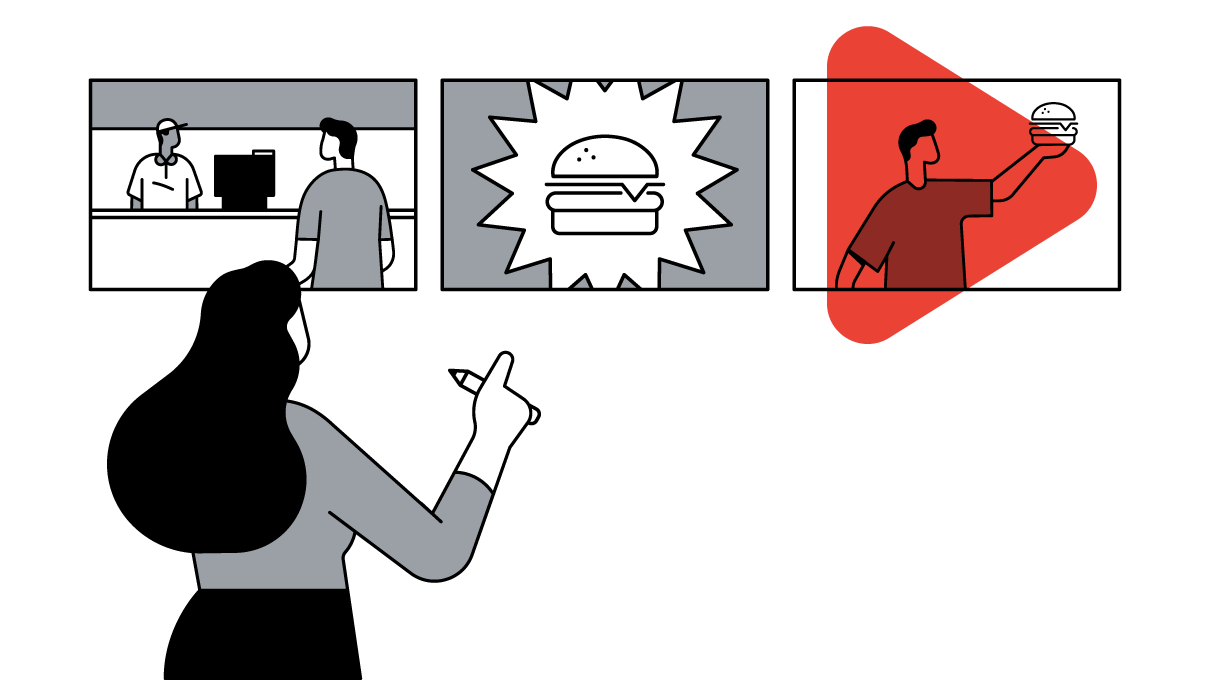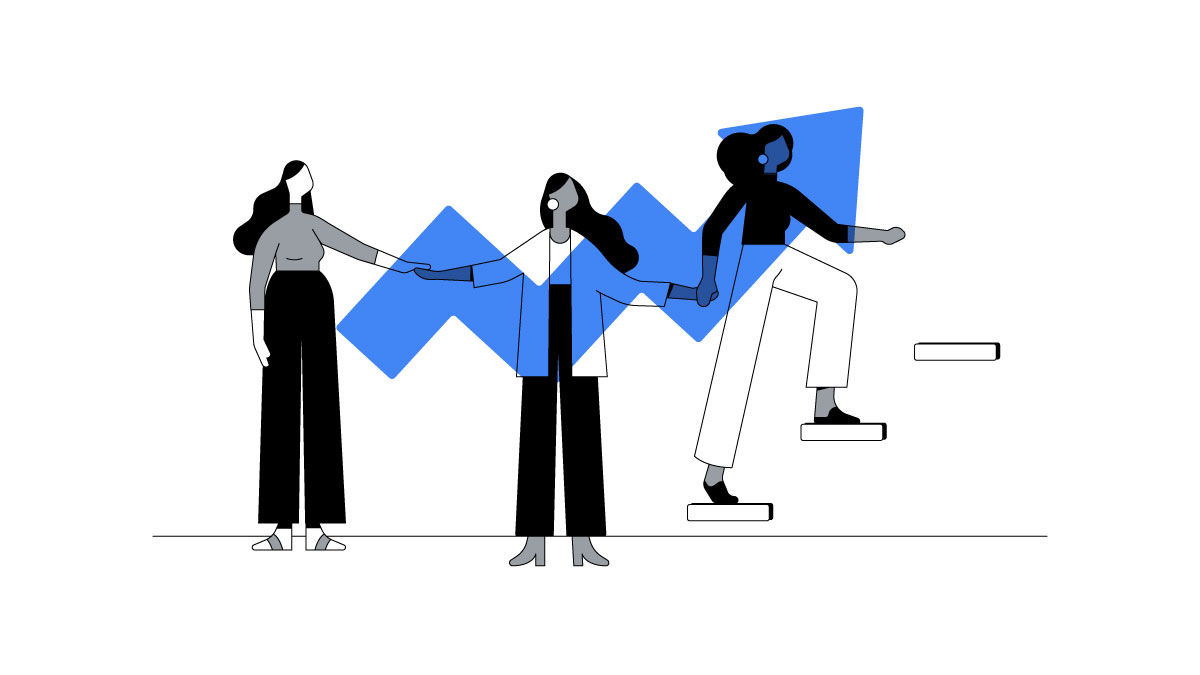We’ve all been there. You’re interested in buying something online but there just aren’t enough reviews to help you decide. This can be a deal breaker as conversions from interest to purchase increase 133% with positive reviews for South African consumers.
As a marketer, you can’t make your customers leave reviews for your products but what about working with a content creator to produce something for their fans?
We spoke to South African creators Kay Ngonyama and Snikiwe Mhlongo — who, combined, have over 250K YouTube subscribers — about what makes brand partnerships work. They explain it comes down to understanding people want to hear from brands, as long as it’s done the right way.
Brand alignment is key
When someone watches a video on YouTube they don’t tune in for a product featured, they watch to see their favourite creator. This is important. As a marketer you need to ask yourself, does this creator’s values align with my brand or product’s purpose?
Content creators themselves expect this. “You need to be true to yourself,” Ngonyama says. “I don’t believe a brand would approach me for a collab unless they want my approach on things.”
In your initial engagements with an influencer, before any campaign discussions, share some insight into your brand. What does it stand for? What motivates your team? What are your values? This will help you understand how best to collaborate with each other, and it may even flag opportunities that won’t work so you know what to avoid.
Speaking the right language
Just as you’ve mastered the art of reaching your customers, influencers know how to speak to their followers like no one else. Even though there may be overlap between the two, it’s important to understand that you’re on the influencer’s turf.
Give them the creative freedom to interpret the benefits of your product for their followers in a language they understand.
This has been a priority for Mhlongo since she started her YouTube channel. “I wanted to bring international content back to a more relatable context,” she says.
In one of her videos, she talks about how the idea of the “holiday season” is typically associated with winter, since that's when countries in the global north experience it. In South Africa, December is known as the festive season and is peak summertime.
So for a brand partnership with Pandora, she took a jewellery range made for a U.S. winter holiday campaign and adapted it to South African summer looks.
For global brands with a local presence, this kind of contextualisation can help boost relevance.
Reach consumers on — and beyond — YouTube
When estimating how many people a YouTube creator can reach, you may be tempted to look at subscriber numbers or average views. However, collaborations done right, have the potential to reach an audience beyond YouTube.
Mhlongo has found a unique way of getting her fans to talk on social media about the products she reviews on her YouTube channel: a branded hashtag, #SniSaidSo. In a country where 56% of consumers say their purchasing decisions are influenced by what others say on social media, this can make a significant difference.
“Any time someone does something because they saw it from me, they’ll use the hashtag #SniSaidSo to post it,” Mhlongo says. “That is influence.” Consider working with the creator to come up with a hashtag or similar technique unique to your campaign.
Defining success
Each brand partnership is unique so you’ll need to determine your own KPIs upfront. And it’ll depend on whether you plan a one-time collaboration or something ongoing.
However, there is a way to get a measurable view of your partnership’s success: focus on brand lift with YouTube BrandConnect. It provides you with tools like Brand Interest Lift and Influencer Lift.
You may ask: how much consumer interest was this brand partnership able to drive? Brand Interest Lift helps measure search interest based on the creator’s video. Beyond interest, you’ll likely want to understand sentiment, brand recall, and purchase intent. Influencer Lift can show you this, among other things.
Remember, no one metric will give you the full picture, so start with the end in sight. If the idea is to drive awareness, success may look like a campaign that extends beyond YouTube and has search interest as its main KPI. If you’re after sales, you may want to offer the creator a branded promo code and track purchase intent and sentiment as your main KPIs.
Ultimately, success relies on a good foundation:
- Define your KPIs based on your marketing objectives and the duration of your partnership
- Ensure seamless brand alignment with the creator before entering into any agreements
- Allow the influencer the creative freedom to interpret your product in ways their fans will enjoy
- Look for opportunities to extend the conversation beyond YouTube
- Measure your success with tools such as Brand Interest Lift and Influencer Lift





